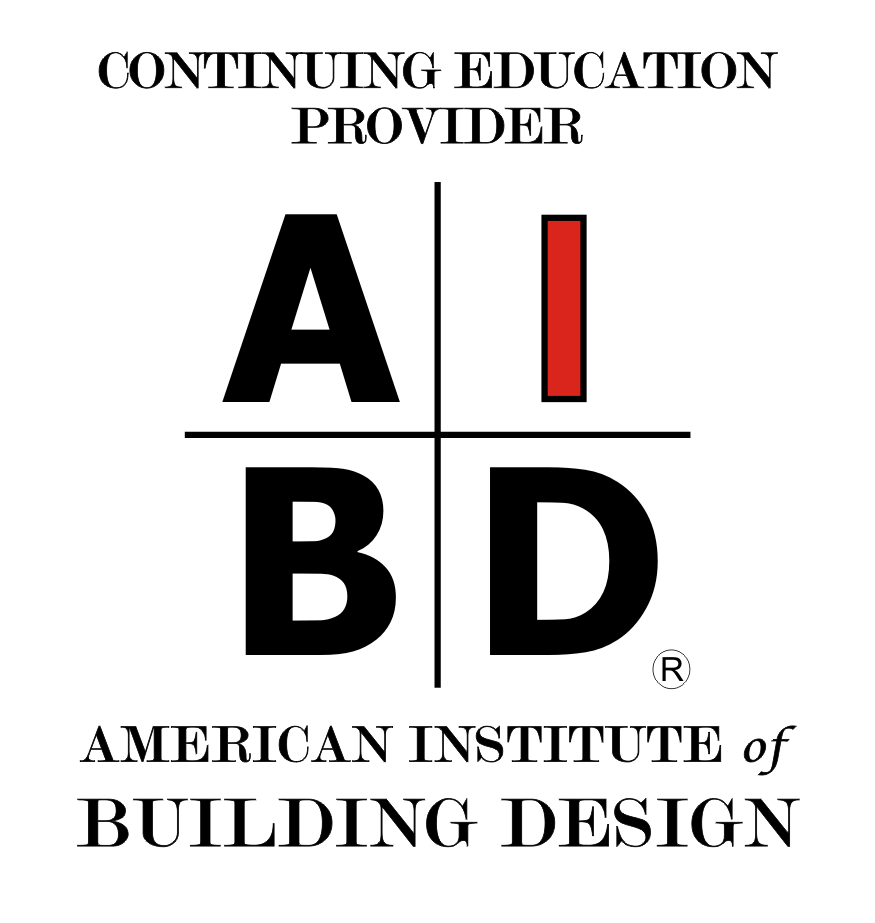Resiliently Designed Homes
Changing and challenging environment
Sponsored by Vectorworks, Inc. | Presented by Nathan Kipnis LEED AP BD+C
Webinar On-Demand
It is obvious that the weather conditions we design homes for are rapidly and significantly changing - it simply isn’t good enough to design a home like we always have. As the most expensive item people ever are personally invested in, we need to make sure their homes are designed to handle these conditions.
This course will discuss how to design a home that responds to a changing and challenging environment, for both existing and new homes. The challenges that come with this, from technical to economic to societal, will be addressed.

Photo courtesy of Kipnis Architecture + Planning
 |
Nathan Kipnis is a fellow of the American Institute of Architects (AIA) and principal of Kipnis Architecture + Planning, based in Evanston, Illinois and Boulder, Colorado. A founding member of the AIA’s 2030 Commitment Working Group in 2009, Mr. Kipnis served as the national co-chair from 2018 to 2019. He also served on the AIA’s national Sustainability Leadership Group and the Committee on Climate Action and Design Excellence. He now serves at the national level on the Executive Committee of the AIA’s Small Firm Exchange, hoping to get the word out on sustainability to the large number of the AIA’s smaller firms. Mr. Kipnis is the founder of NextHaus Alliance, a new, premium design/build concept to provide ‘net zero’ sustainable. resilient and healthy homes. A graduate of the University of Colorado Boulder, he received his Environmental Design degree in 1983. Mr. Kipnis obtained his Master of Architecture degree from Arizona State University, with emphasis in Energy Conscious Design. |
Vectorworks, Inc. is an award-winning design and BIM software provider serving the architecture, landscape architecture and entertainment industries in 85 countries. Creating intuitive software since 1985, we’ve become the preeminent software built to manage the entire design process. Globally more than 685,000 users are creating, connecting and influencing the next generation of design with Vectorworks on Mac and Windows. Headquartered in Columbia, Maryland, with offices in Newbury and London, England and Vancouver, Canada, Vectorworks is a part of the Nemetschek Group. Learn how we empower designers to create experiences that transform the world at vectorworks.net or follow @Vectorworks.
Originally published in Architectural Record
Originally published in October 2023
LEARNING OBJECTIVES
- Examine the current overview of the Climate Crisis and anticipate what will happen moving forward.
- Review climate related design issues that impact homes.
- Assess resources for best practice and available certifications for Resilient Design.
- Identify specific concepts that are used to provide resilient design, including passive survivability, through a series of case studies.











